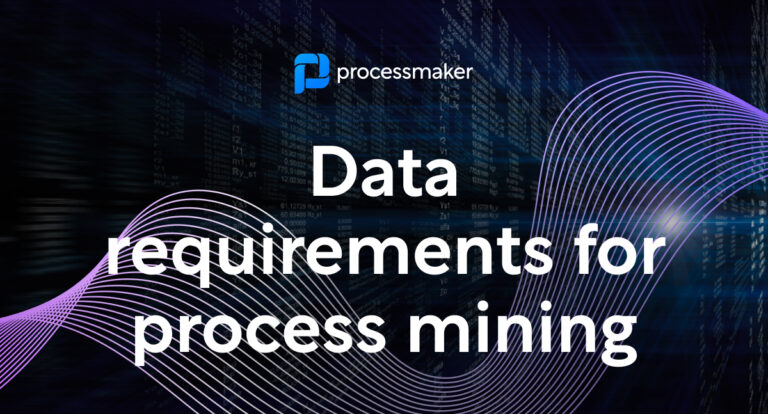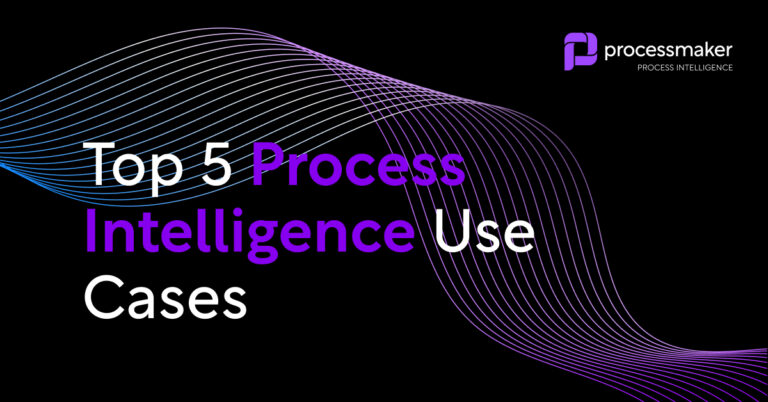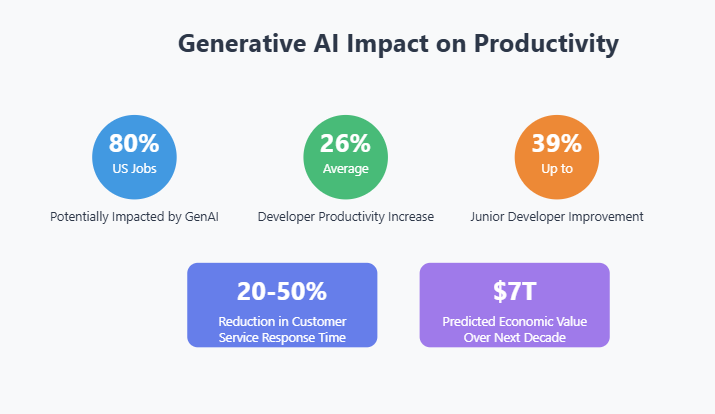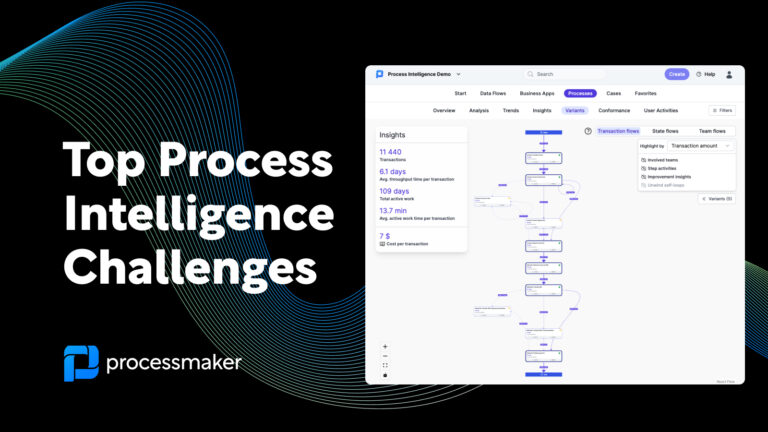Process mining is a great way to get visibility into business process performance – if you have suitable data available. Let’s go through what are the key data requirements to get a process mining project off the ground.
How process mining technology works
At its core, process mining facilitates the extraction and analysis of business process data from event logs.
Process mining technology scans and extracts relevant business object data within different enterprise systems to create an X-ray view of the health of business processes. It is through this meticulous process analysis that we can decipher patterns, identify bottlenecks, and streamline business operations.
The four key data requirements for process mining are:
- structured source data,
- data integration capabilities,
- data quality control processes,
- data compliance and security measures.
Structured data
Structured data is the foundation of process mining technology. This type of data, characterized by a defined schema and organization, enables us to construct a vivid blueprint of business operations. Here, we unveil the most important structured data requirements:
- Event logs: These are fundamental data entities, encompassing information about individual events that transpire within a system.
- Case ID: This identifier helps us to collate related events, facilitating a coherent analysis of business processes.
- Timestamps: By harnessing timestamps, we can delve into the temporal patterns within processes, thereby paving the way for informed decision-making.
Data integration capabilities
Data integration capabilities are the second key requirement for process mining. Having structured data is not enough, you also need to be able to extract the relevant information through some form of data integration.
Common data integration solutions include:
- ETL Processes: These processes (Extract, Transform, Load) facilitate the systematic integration of data, ensuring data consistency and accuracy.
- API Integrations: Through API integrations, we can foster real-time data exchange, thereby enhancing the dynamism of process mining.
- Data imports/exports: Some process mining tools allow for data to be imported via spreadsheet or the .XES file format.
For modern, cloud-based software either ETL or API integrations may be a suitable solution. For older software or on-premise data solutions, you may require a bespoke data integration solution.
Data quality control
The third key data requirement for process mining is reliable data quality.
By focusing on the data quality, we can eliminate inaccuracies, thus ensuring reliable and actionable insights.
Typically process mining projects go through data quality control processes. For example:
- Data cleansing: This entails the rectification or removal of erroneous data, fostering accuracy in process mining.
- Data validation: Through validation, we ensure that the data adheres to the prescribed formats and standards, thereby safeguarding data integrity.
- Data enrichment: When the source data quality is not accurate or comprehensive enough, we may need to enrich the data with additional information.
Data compliance and security
The final key data requirement for process mining projects is appropriate data compliance and security measures.
By adhering to regulatory norms and implementing robust security measures, we can safeguard sensitive data, fostering trust and credibility. Here, we delineate the imperative measures to ensure compliance and security:
- Data encryption: Employing encryption techniques, we can protect data from unauthorized access, thereby ensuring confidentiality.
- Data masking: Through data masking, we can conceal sensitive information, safeguarding data privacy during the process mining journey.
An example of data compliance measures may be the masking or removal of personally identifiable data within the European Union to comply with GDPR regulations.
Bottom line
In conclusion, as we retrospect on our extensive discourse on data requirements for process mining, we recognize the pivotal role of data in fostering insightful and actionable business analytics. By adhering to the principles elucidated herein, we can transcend the traditional boundaries of process analysis, venturing into a realm characterized by data-driven insights and unprecedented growth opportunities.





